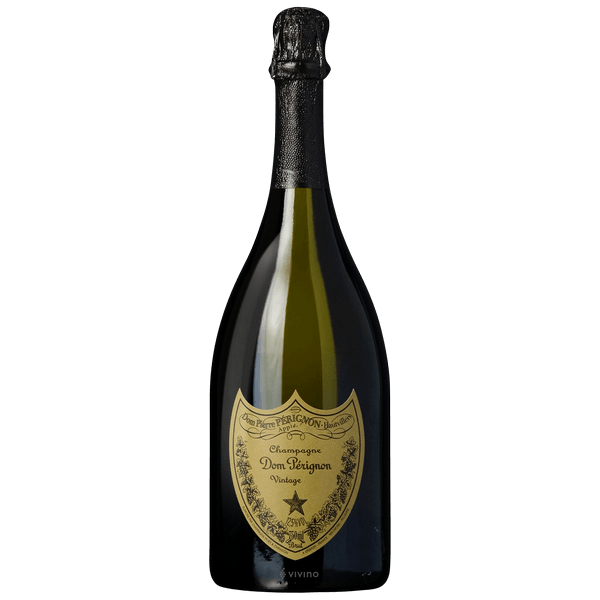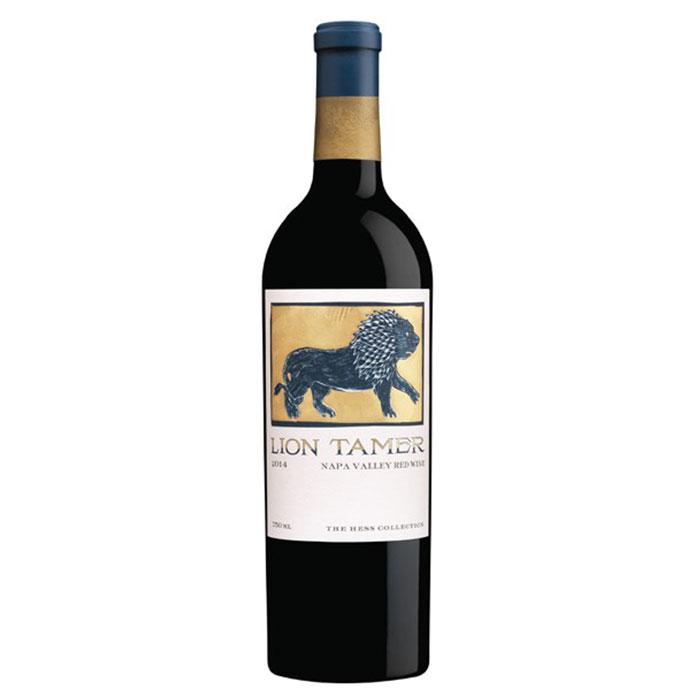2012 Dom Perignon Champagne Cuvee Vintage Luminous
2012 Dom Perignon Champagne Cuvee Vintage Luminous The 2012 Dom Pérignon has turned out very well indeed, unwinding in the glass with notes of Anjou pear, smoke, toasted nuts, freshly baked bread and crisp stone fruit. Medium to full-bodied, deep and concentrated, it’s still tightly wound, its incipiently fleshy core of fruit framed by racy acids and chalky grip, complemented by a classy pinpoint mousse. A touch drier and a touch less reductive than the 2008 out of the gates, these two vintages are clearly destined to be compared for some time to come; but at this early stage, my instinct is that the 2012 will have the edge in the long term.
98 John Gilman: The 2012 Dom Pérignon is a brilliant wine in the making and seems likely to ultimately be judged one of the greatest vintages here in the last quarter century. According to Chef de Cave Vincent Chaperon, the wine is close to its ideal cépages of fifty percent each of chardonnay and pinot noir in 2012. The wine is quite a powerful vintage of Dom Pérignon, but with all of the customary elegance and structural chassis of the greatest vintages here and it remains a young wine, brimming with energy and superb depth. The bouquet wafts from the glass in a classic blend of lime, green apple, menthol, stony minerality, discreet botanical tones, gentle smokiness and a topnote of citrus peel. On the palate the wine is deep, full-bodied, focused and complex, with a great core, superb mineral drive and grip, utterly refined mousse and a long, zesty and beautifully balanced finish. I love how the perfect ripeness of the 2012 vintage is seamlessly interwoven here with a superb girdle of acidity, great minerality and excellent purity, which will end up producing a legendary vintage of this wine. It is certainly approachable out of the blocks, but I would opt to tuck bottles away for at least eight to ten more years before starting to drink the 2012, as there is so much left here to still unfold. (Drink between 2029-2075)
97 James Suckling: The 2012 Dom Pérignon is a dense powerful wine. I am almost shocked by its vinous intensity and raw unbridled power. The 2012 reminds me of the 2003 but with more finesse and not quite as pushed. Mildew rain and frost were challenges and resulted in low yields something that was further compounded by warm dry weather that concentrated the fruit even more. Those qualities result in a dense Dom Pérignon endowed with real phenolic intensity. It is one of the most reticent young Doms I can remember tasting I wouldn?t even think of opening a bottle for at least a few years. — Antonio Galloni
Related products
$148.99
MOET & CHANDON CHAMPAGNE NECTAR IMPERIAL ROSE 1.50L






